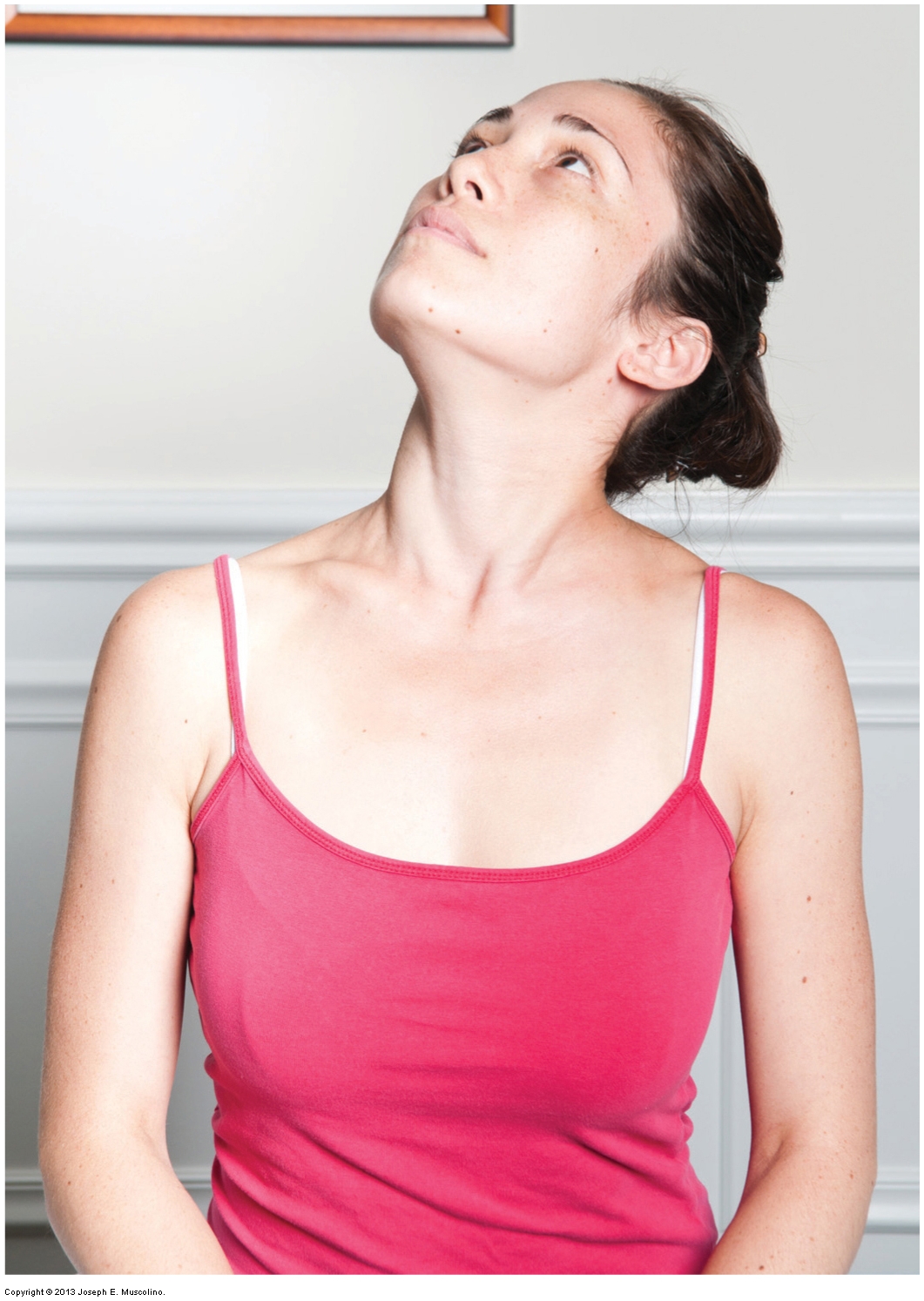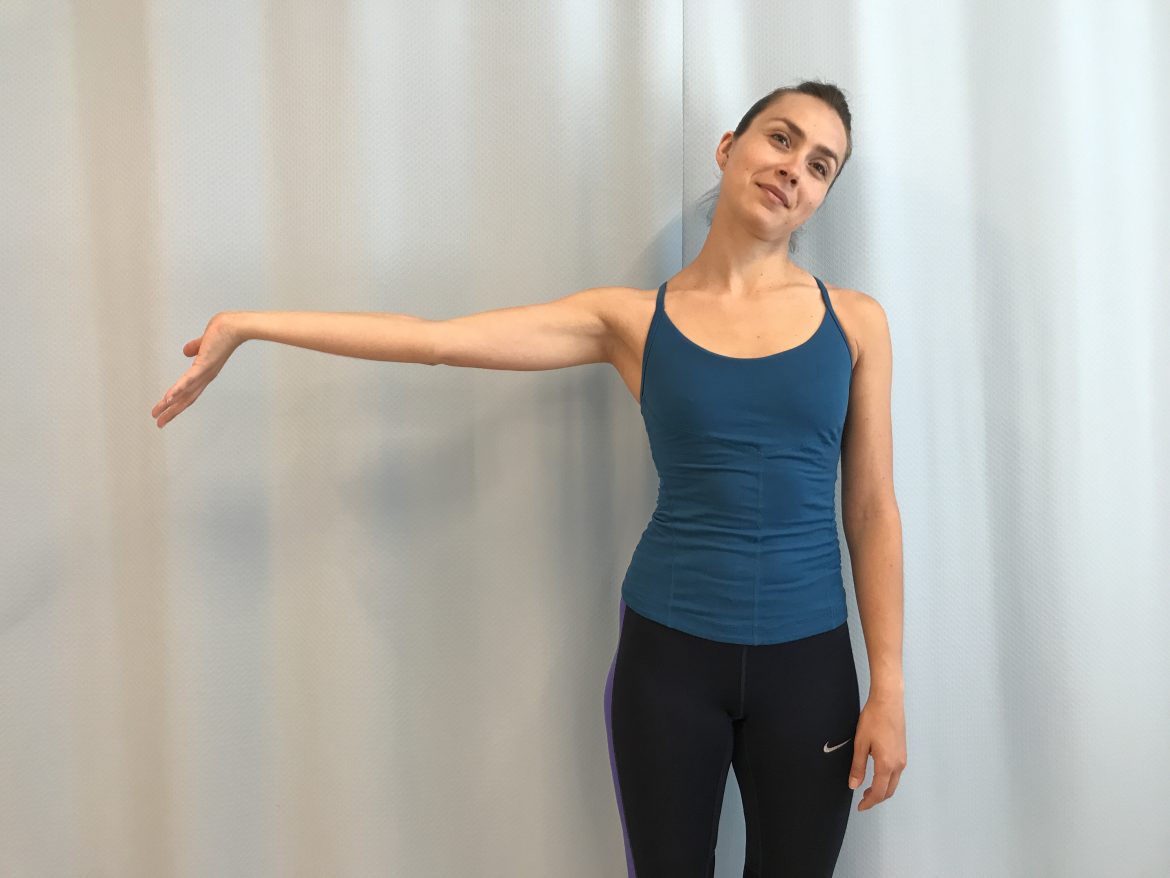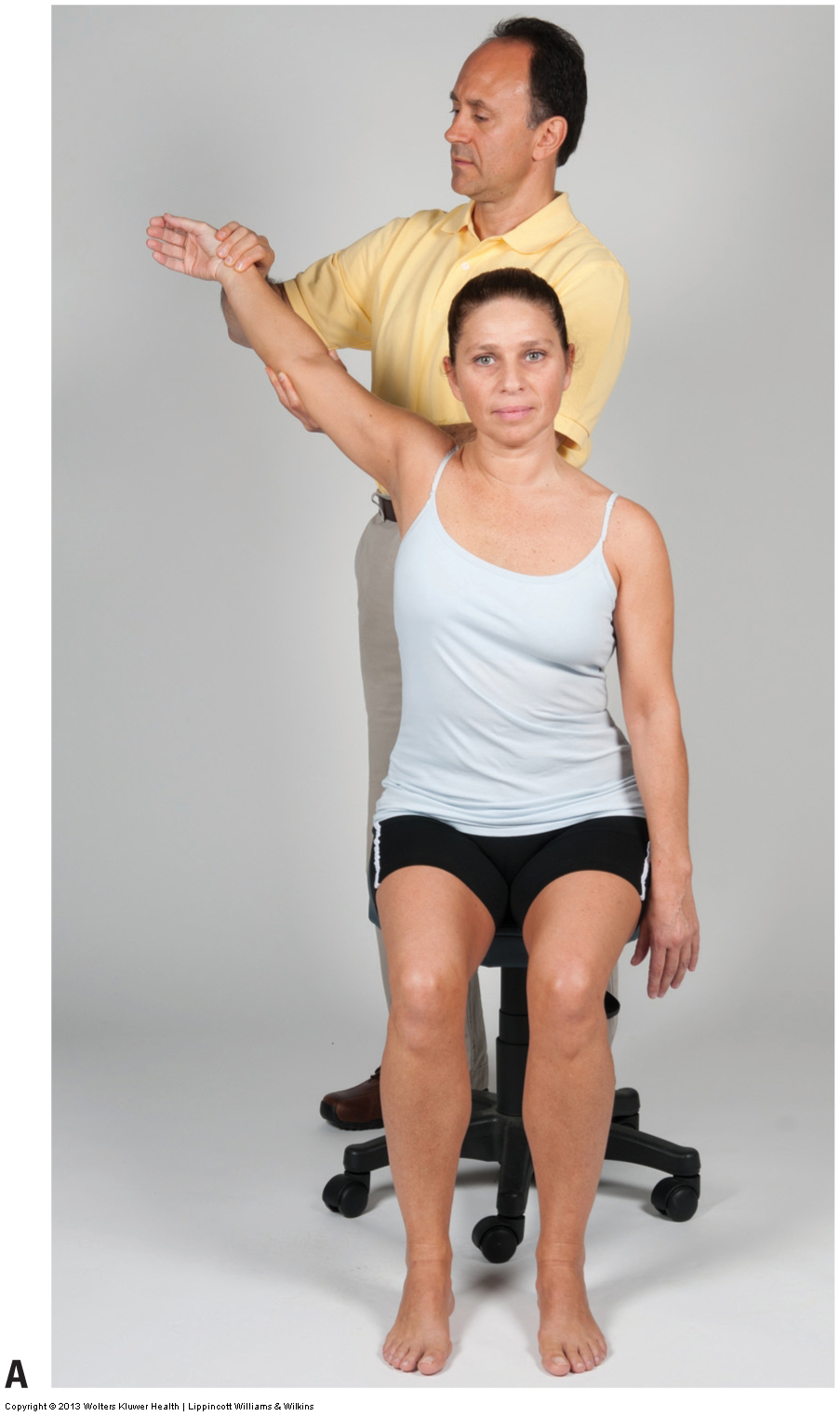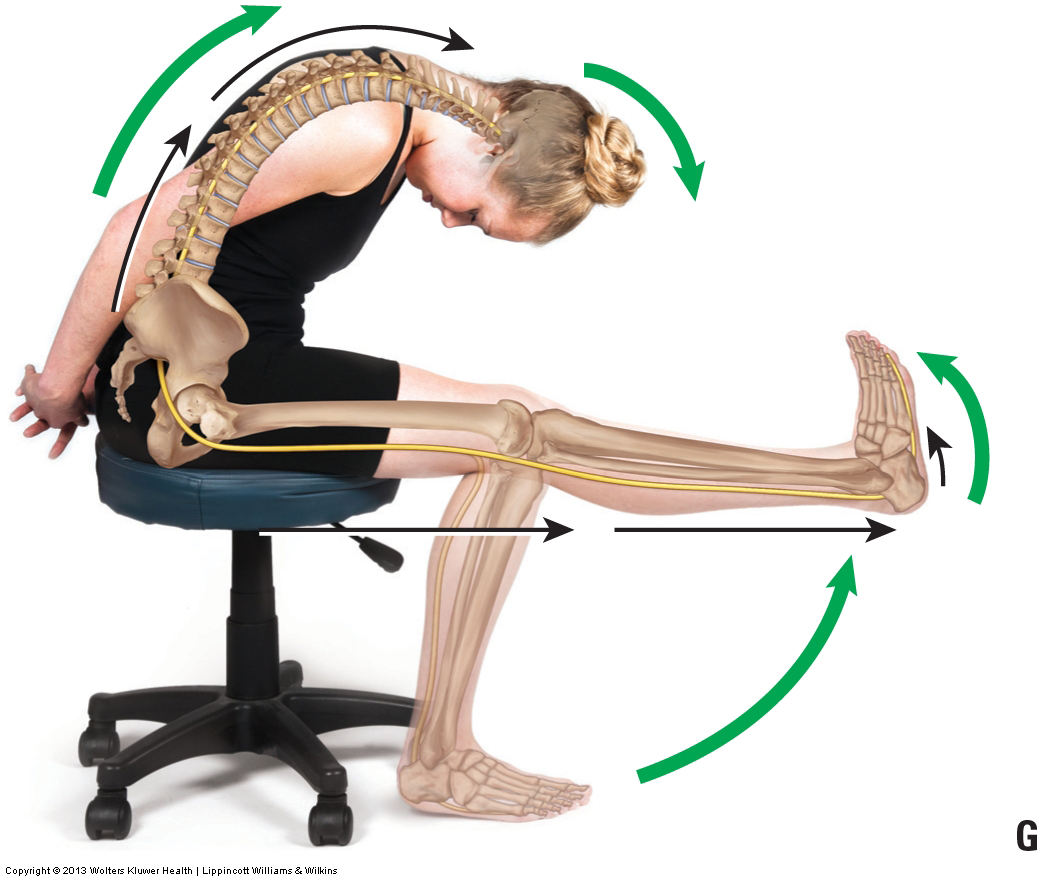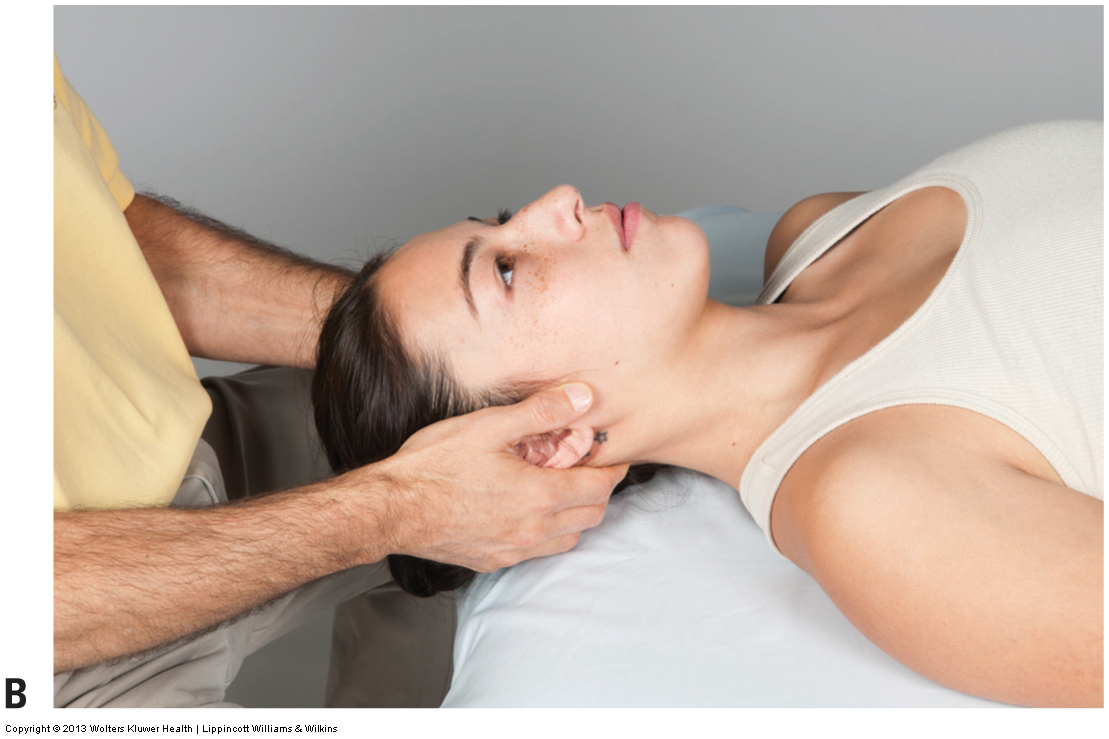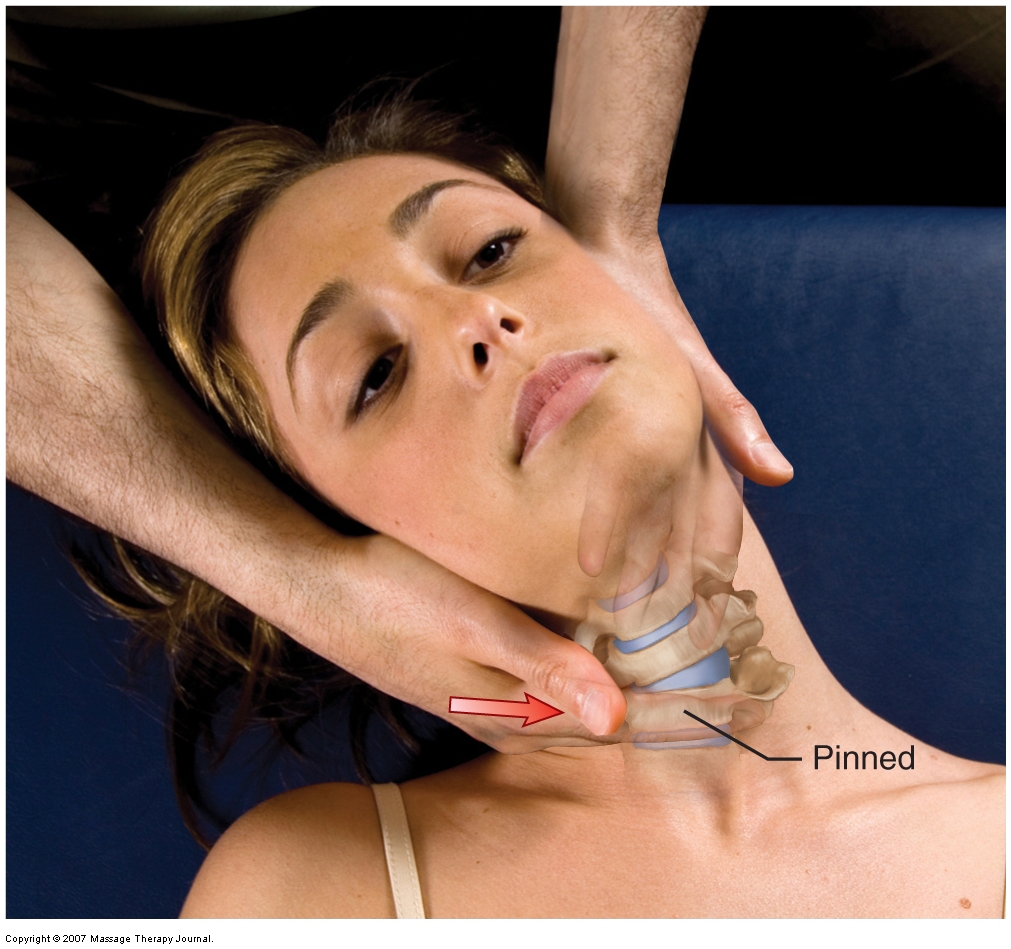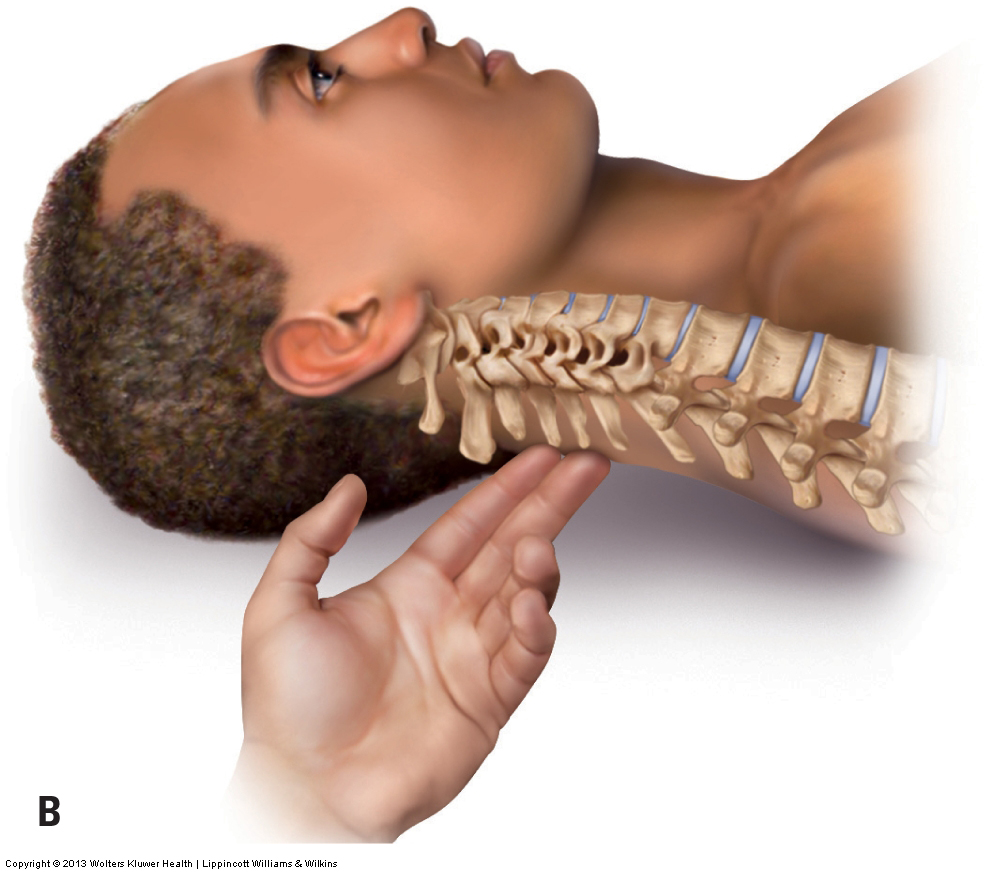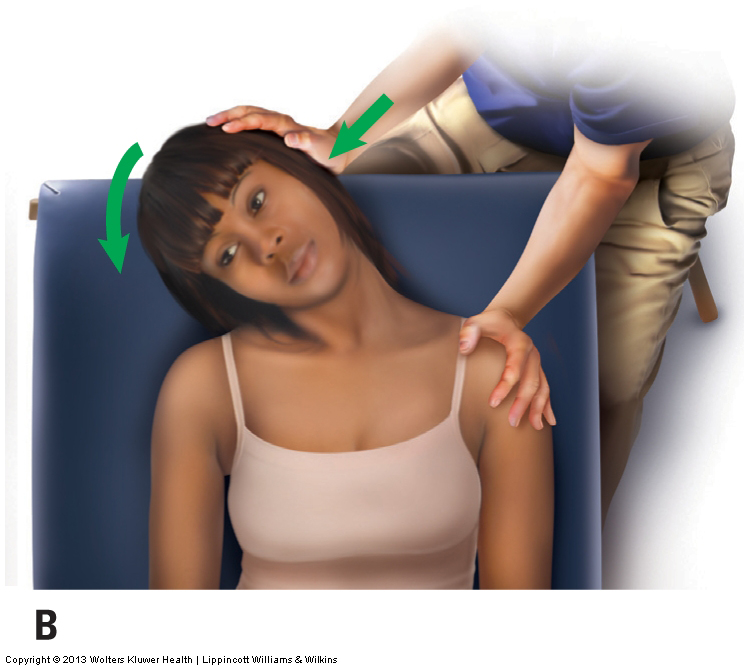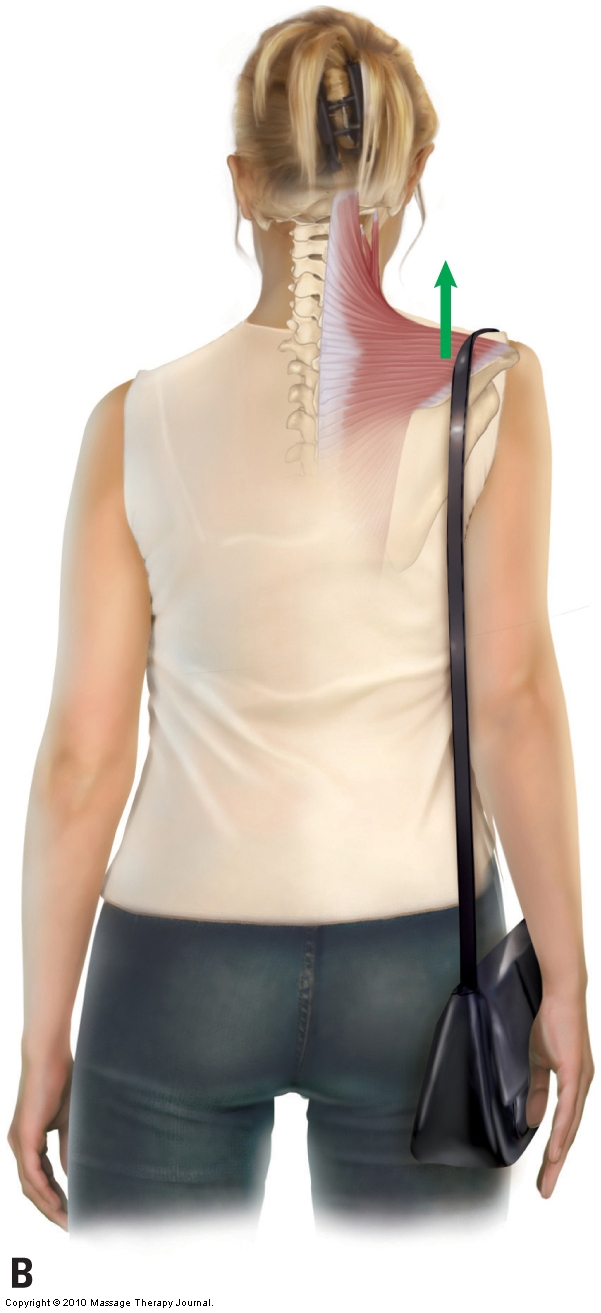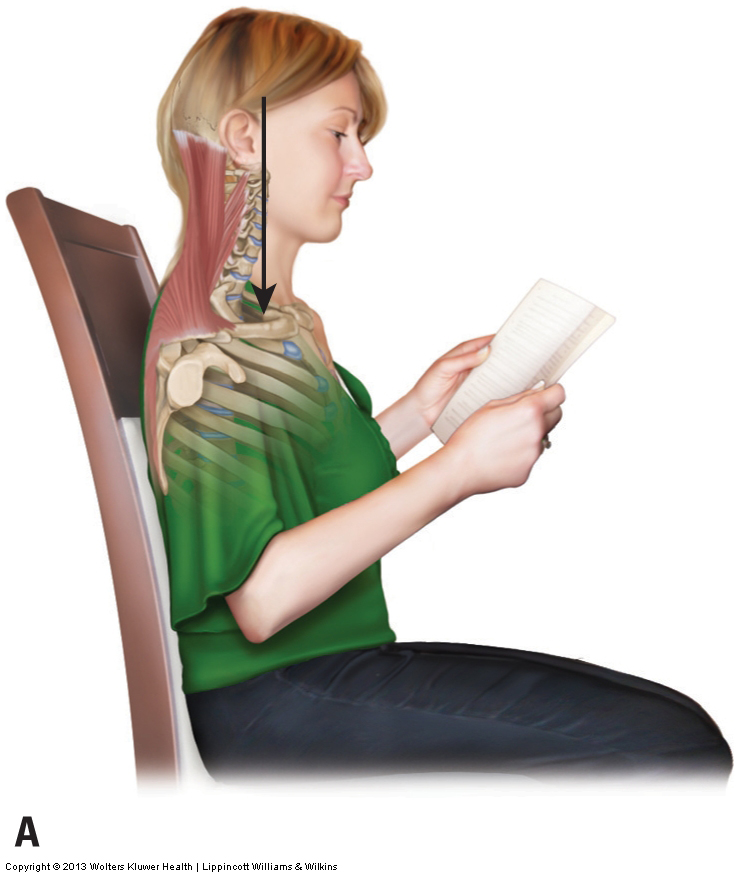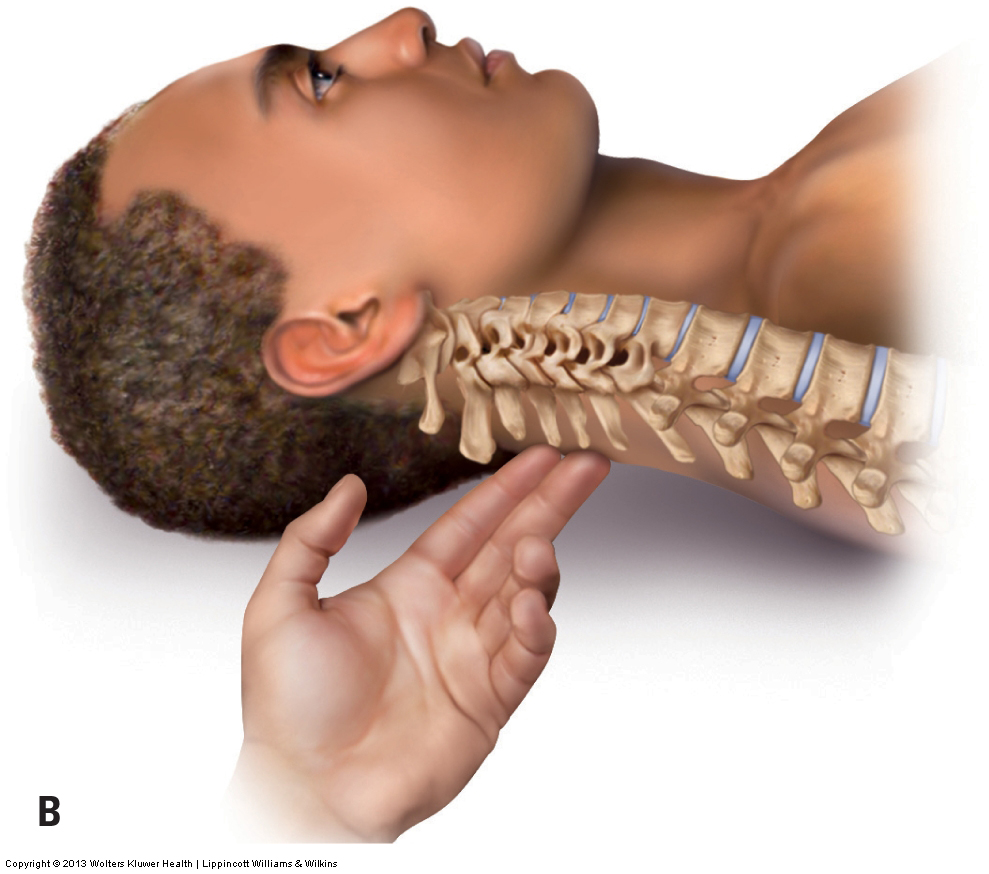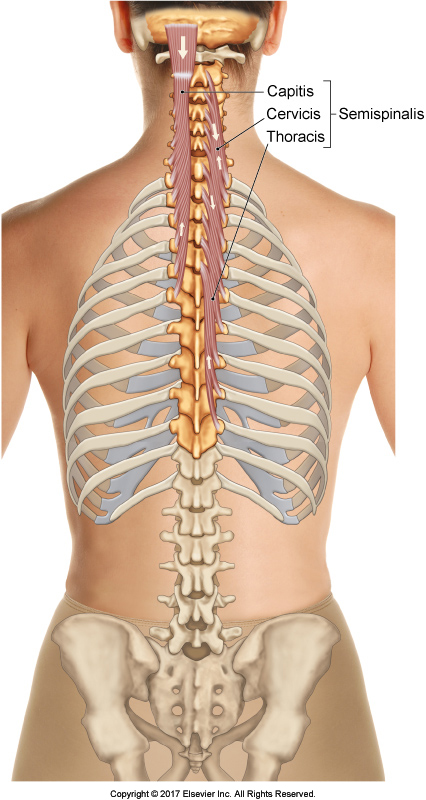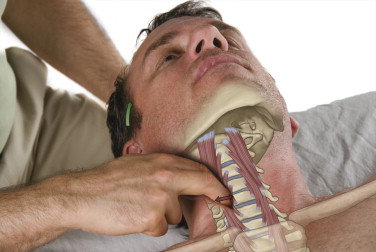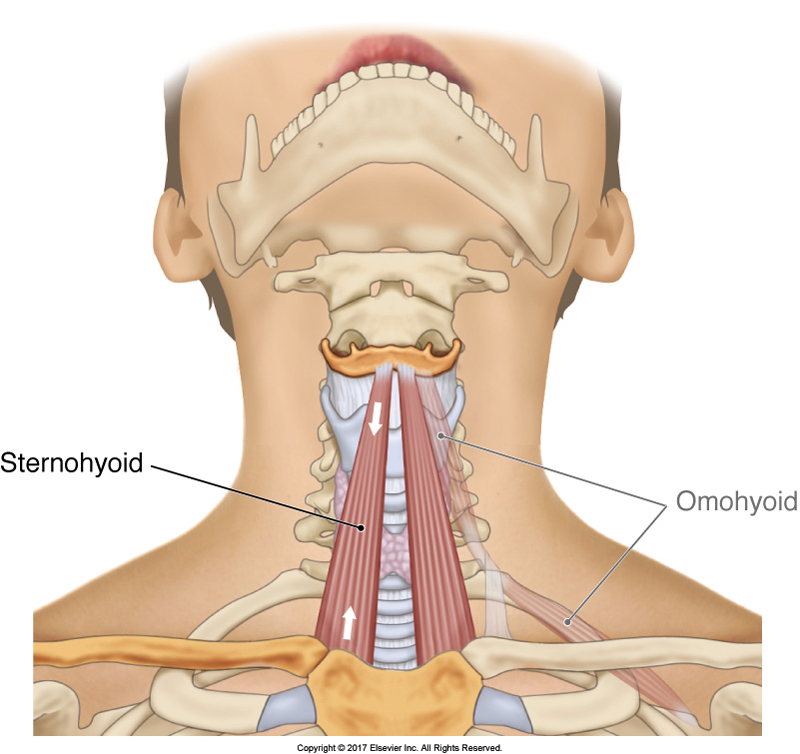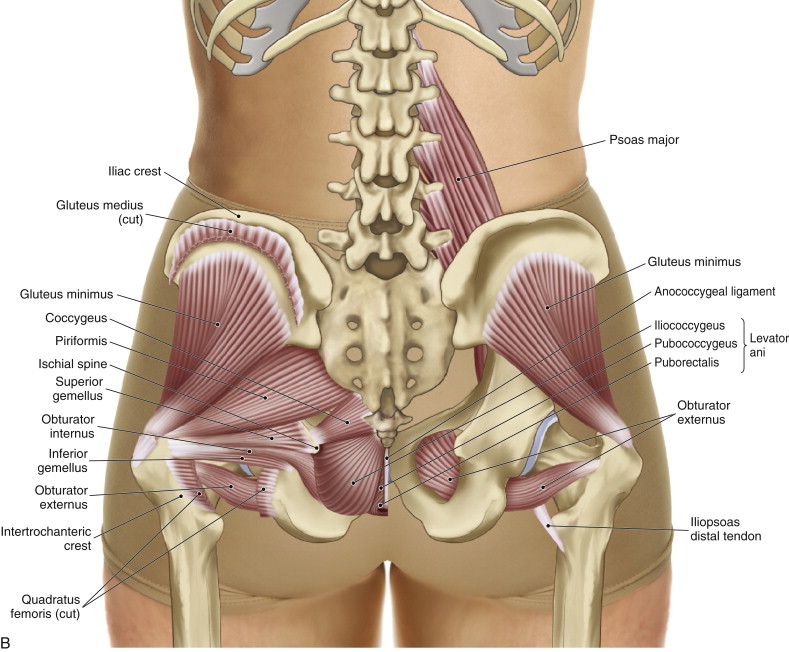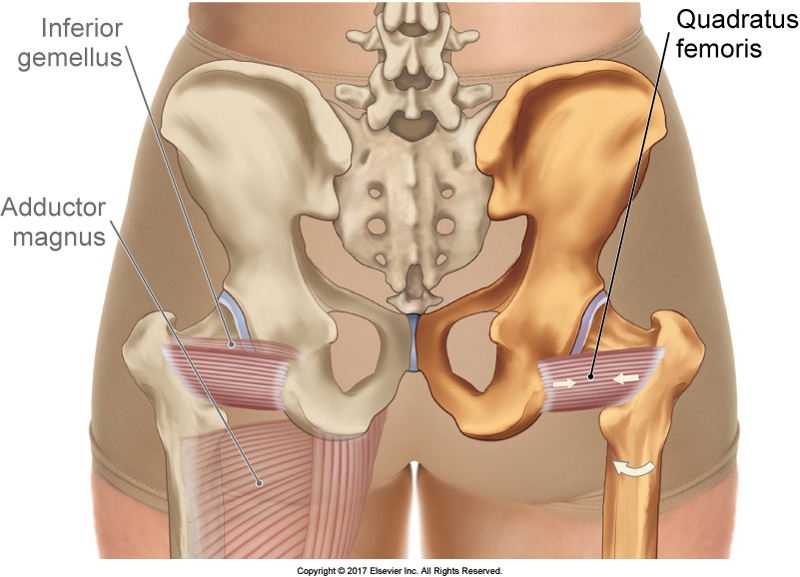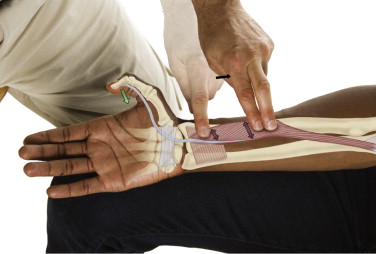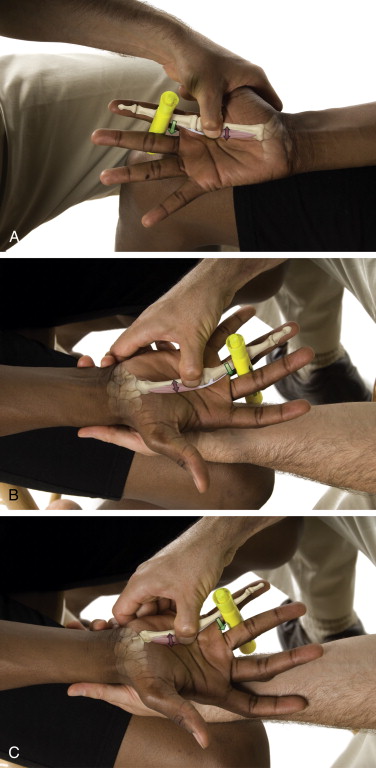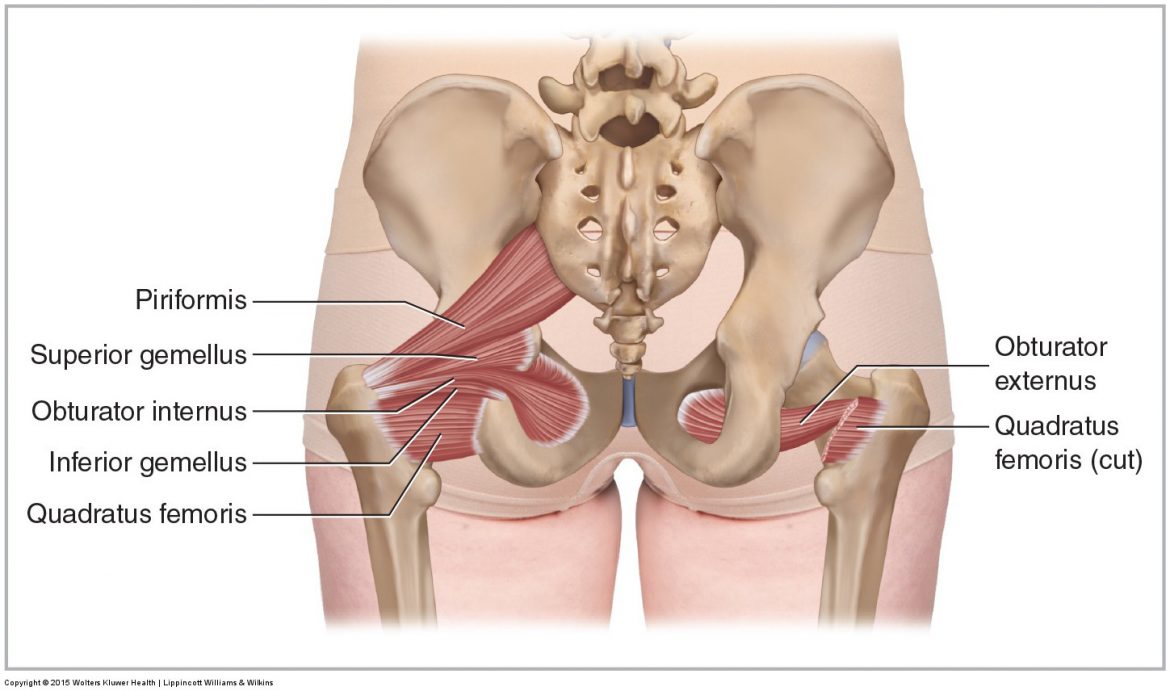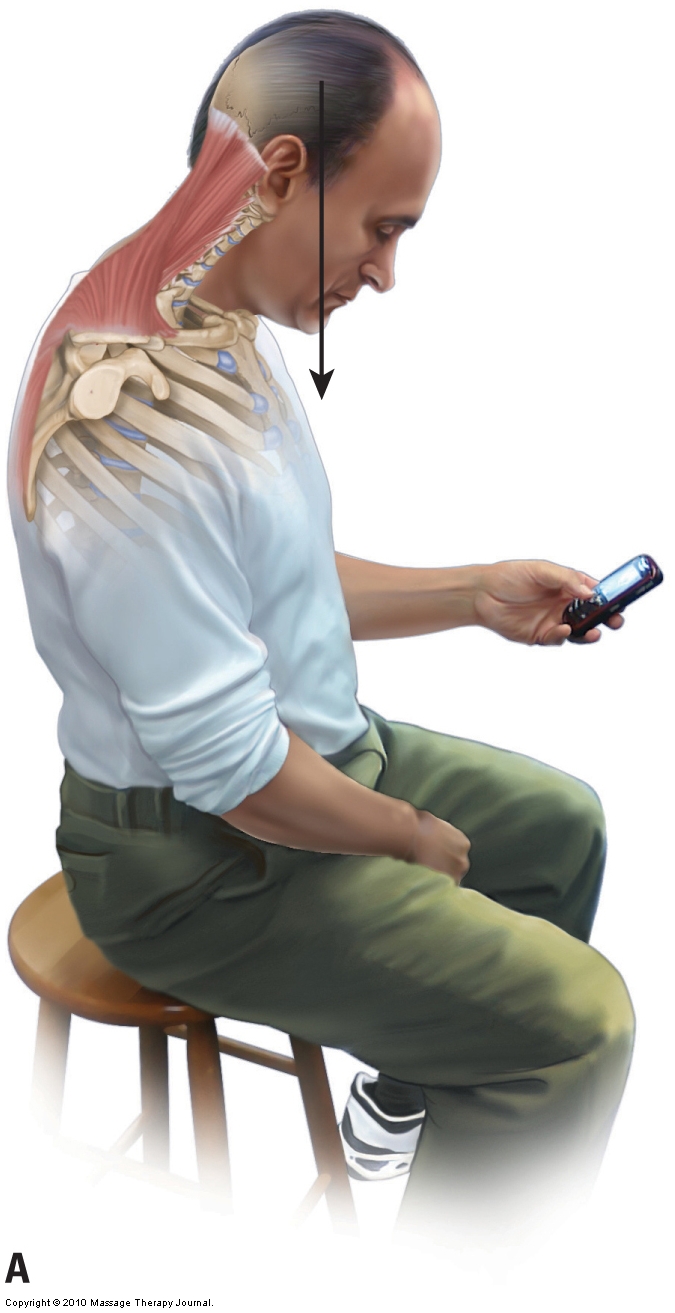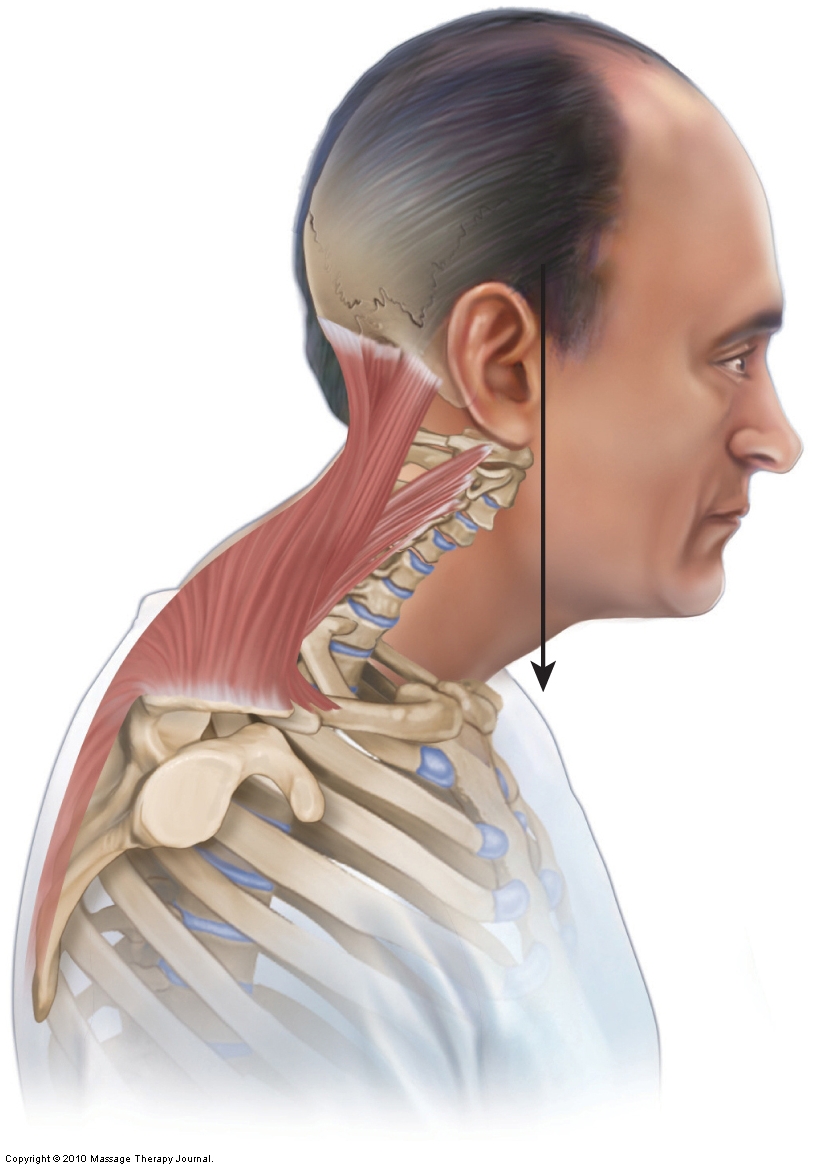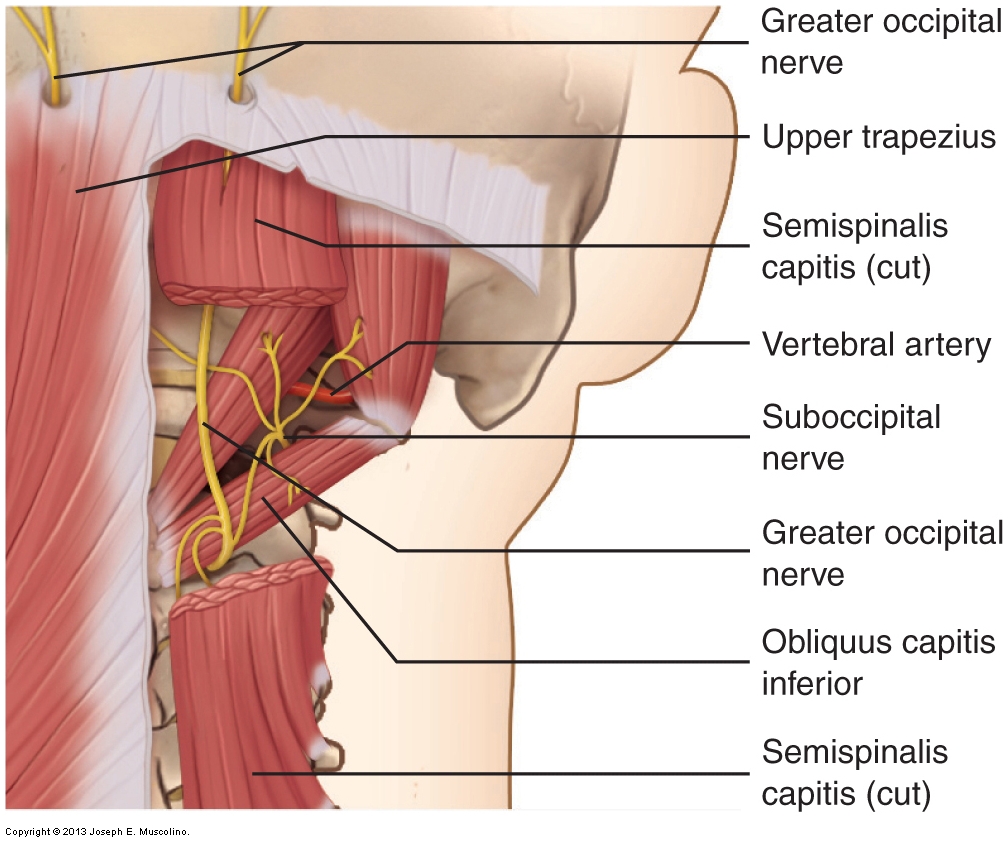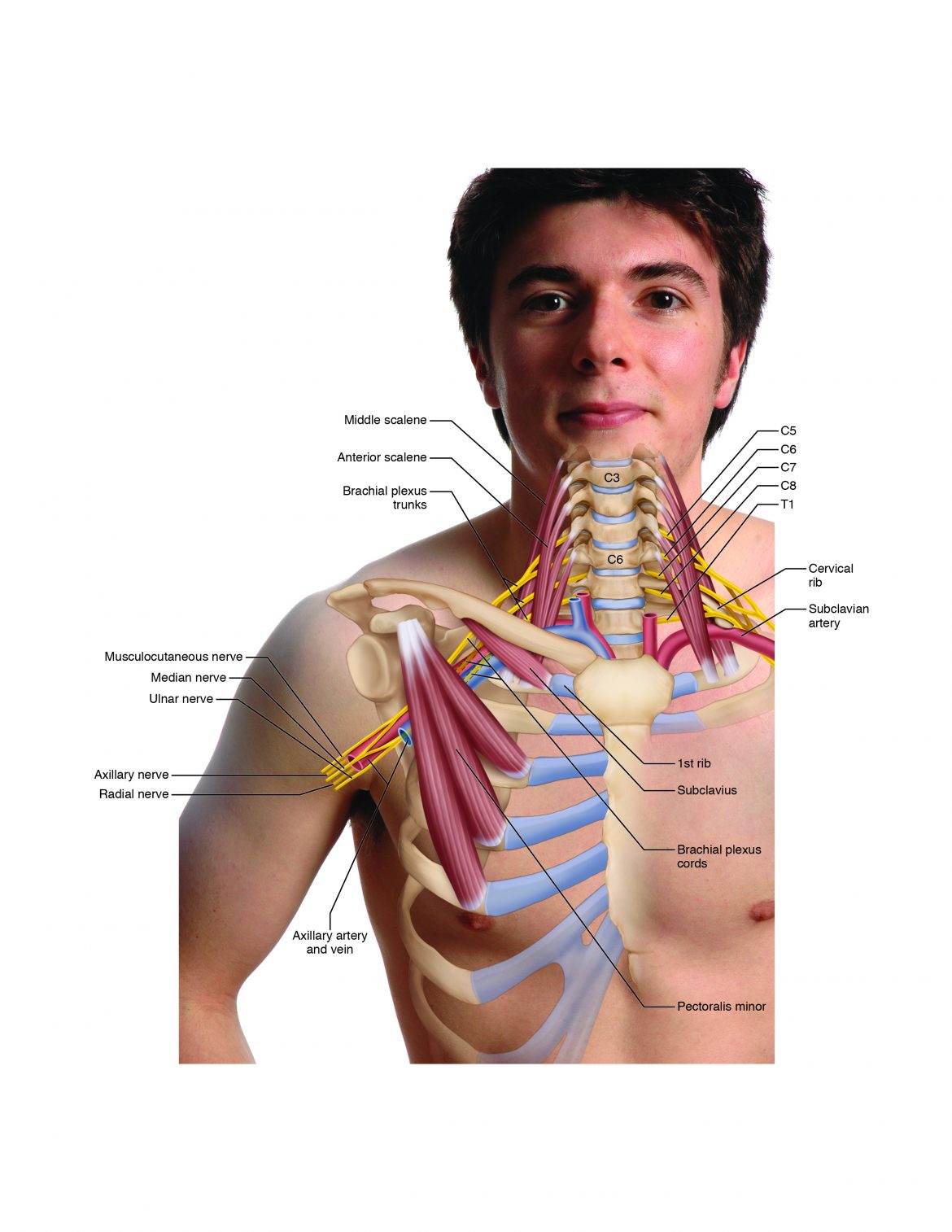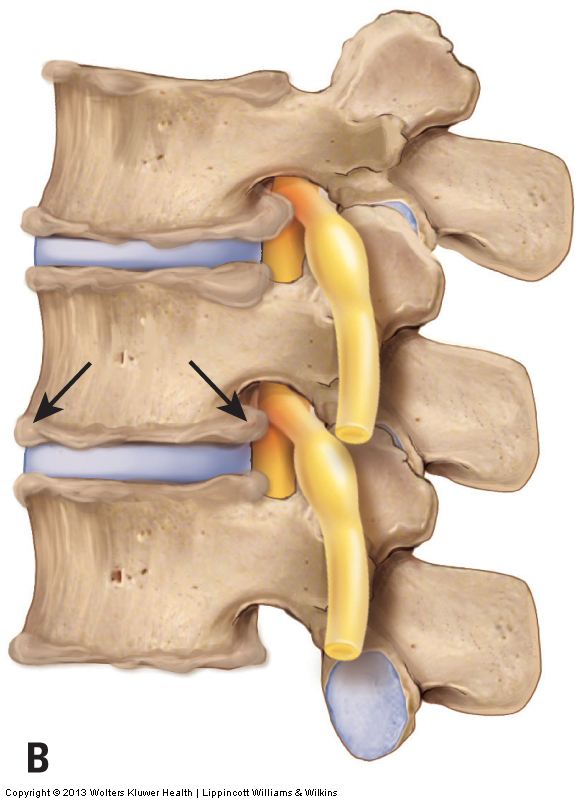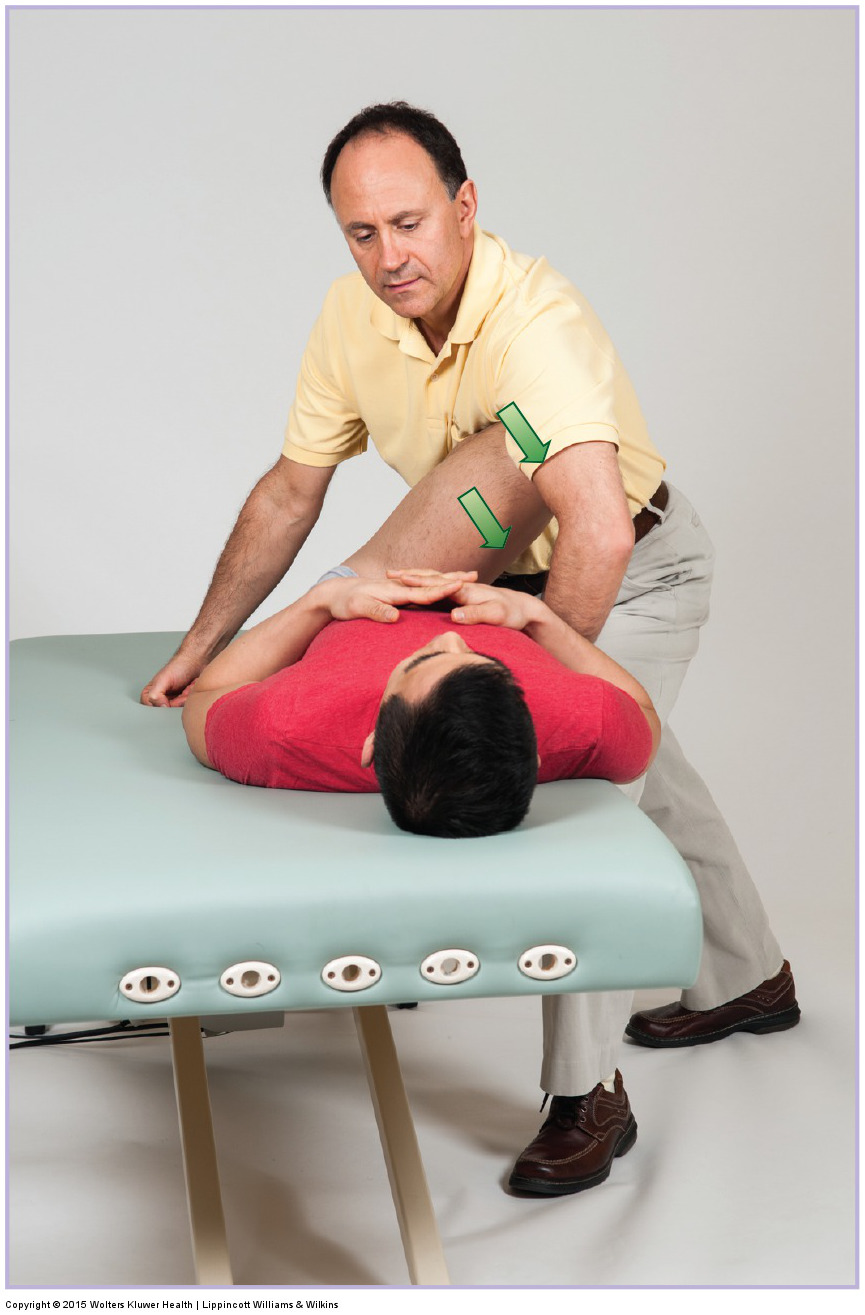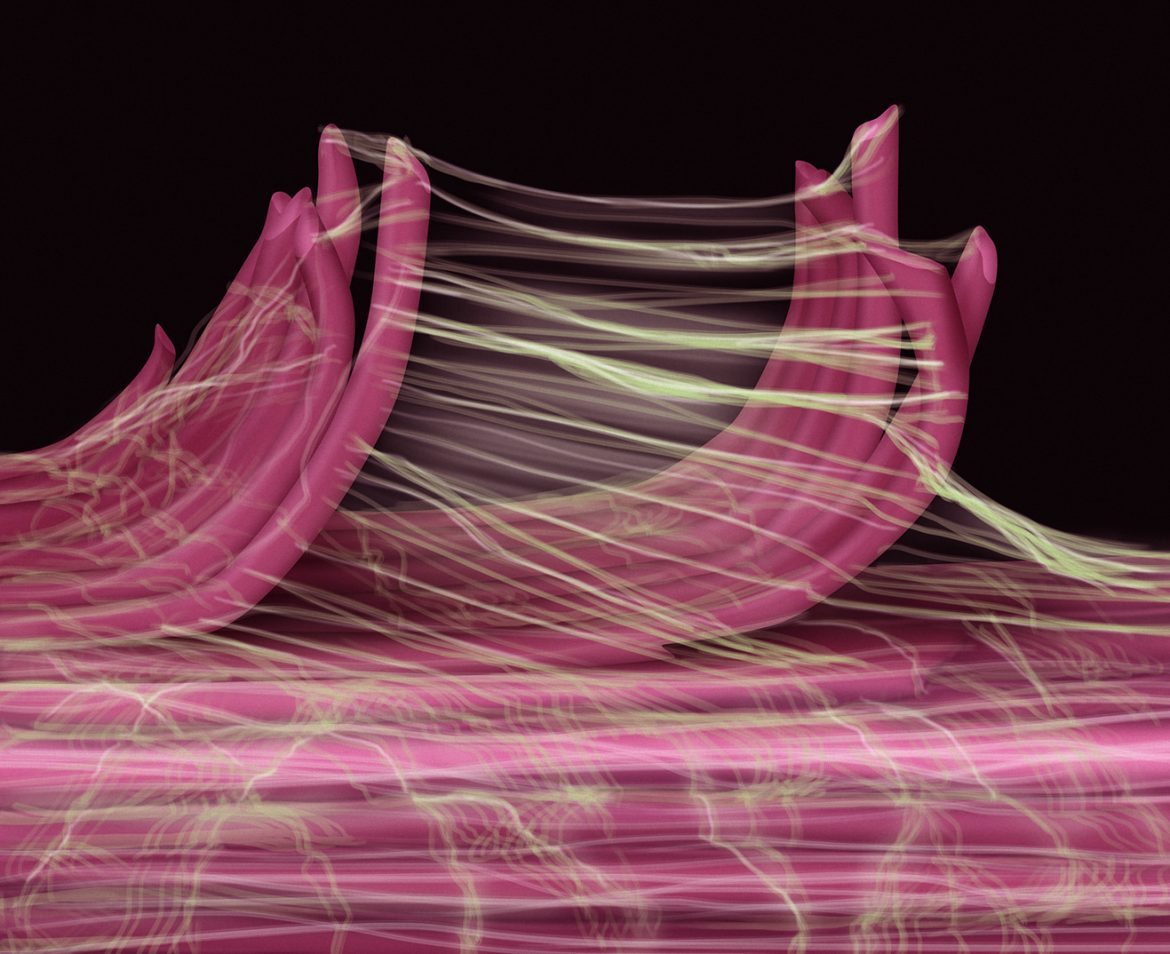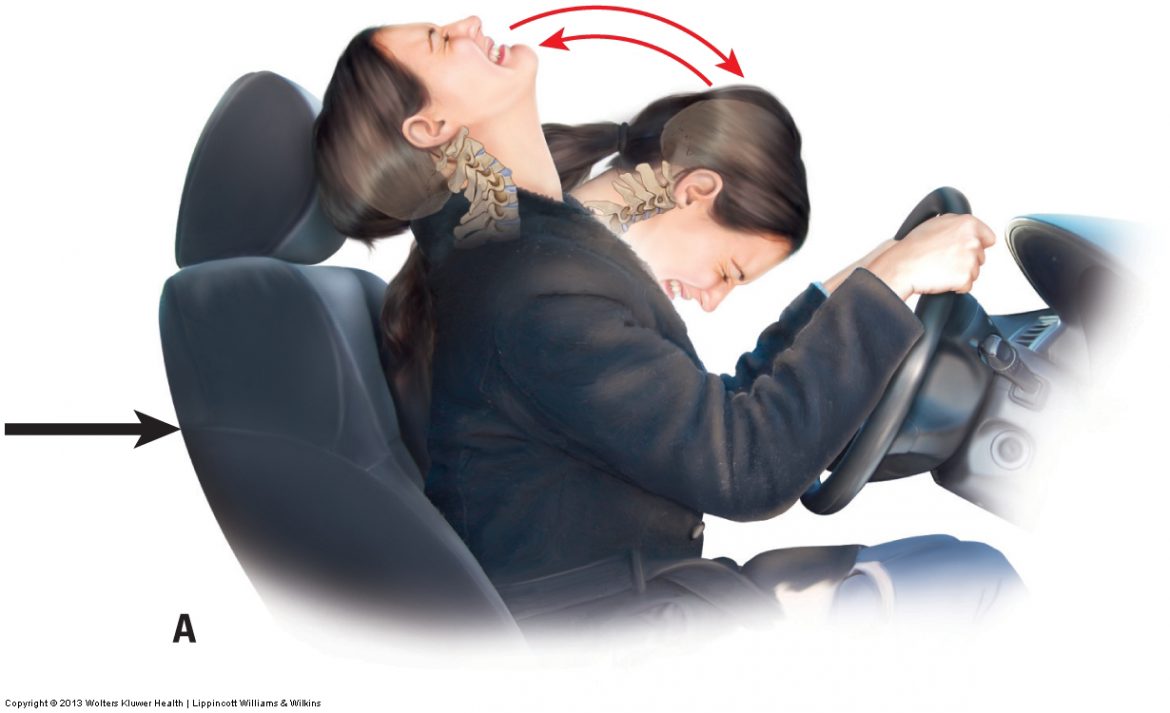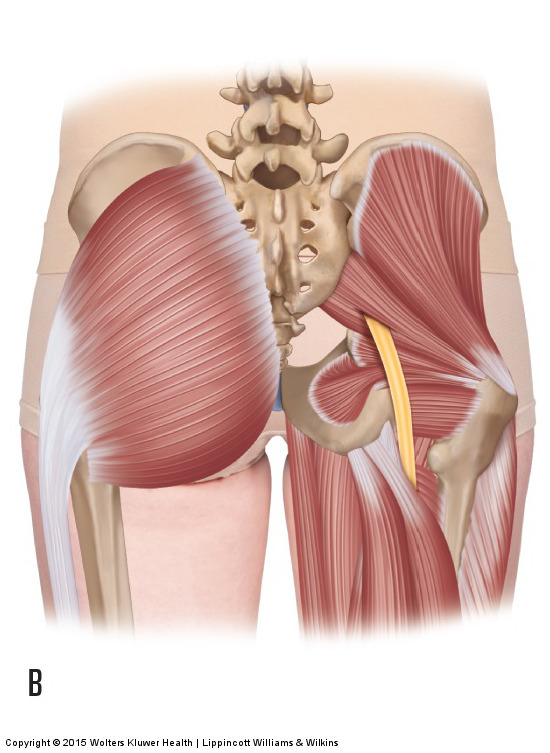Vertebral artery competency test assessment is critically important to be performed if the neck will be stretched or mobilized during treatment.
Orthopedic Assessment of Thoracic Outlet Syndrome – Brachial Plexus Tension Test
The brachial plexus tension test (BPTT) is actually a series of three tests, each one designed to assess one of the three major nerves that enter the hand.
Orthopedic Assessment of Thoracic Outlet Syndrome – Adson’s, Eden’s, Wright’s
Thoracic Outlet Syndrome (TOS) is a very common set of posture dysfunctional patterns. Adson’s, Eden’s, & Wright’s tests are designed to assess TOS.
Special Orthopedic Assessment Tests – Space Occupying Conditions – Slump Test
The slump test places tension on the spinal cord and PNS. It assesses a space occupying condition of the cervical and lumbar spine, as well as TOS.
Special Orthopedic Assessment Tests for the Neck – Space Occupying Conditions
The term “space occupying condition” is used to describe a condition in which there is compression on a spinal nerve in the intervertebral foramen.
Motion Palpation (Joint Play) Assessment of the Neck
Motion palpation is a specific form of passive (pin and stretch technique) assessment that challenges the intrinsic fascial tissue of the joint.
Palpation Assessment of the Neck
Perhaps no assessment procedure is more important to the manual therapist and integral to musculoskeletal (myofascioskeletal) assessment than palpation.
Neck General Orthopedic Assessment: Range of Motion and Manual Resistance
General orthopedic assessment testing includes three assessment techniques, two types of range of motion (ROM) assessment and manual resistance assessment.
Postural Assessment of the Neck
Postural assessment: Good posture is balanced and symmetrical & does not place excessive stress on the body. Bad posture is asymmetrical and/or imbalanced.
Overview of Physical Examination Assessment of the Neck
If a physical examination assessment test creates signs/symptoms of the condition, it is positive and the therapist knows that tissue is unhealthy.
Verbal and Written Health History
The health history should be done before the physical assessment exam because it helps reveal the regions that need to be assessed during the physical exam.
Introduction to Assessment/Diagnosis of the Neck
Before treatment can be given, it is necessary to have a clear understanding of the mechanism behind the musculoskeletal pathologic condition.
Other Unusual Suspects
Semispinalis capitis, pectineus, & vastus lateralis are unusual suspect muscles, often overlooked by manual therapists, that can cause pain and dysfunction.
The Unusual Suspects – Longus Colli and Longus Capitis
The longus colli and longus capitis are deep flexors of the neck that often become locked short and cause neck pain, especially when swallowing.
The Unusual Suspects – Sternohyoid
The sternohyoid is an infrahyoid muscle of the anterior neck that attaches from the sternum inferiorly to the hyoid bone superiorly and may cause neck pain.
The Unusual Suspects – Coccygeus and Levator Ani
Attachments and Actions of the Coccygeus and Levator Ani The coccygeus and levator ani are pelvic floor muscles located between the sacrum and coccyx medially and the pelvic bone laterally (Figure 11). As pelvic floor muscles, they are important toward …
The Unusual Suspects – Quadratus Femoris
The quadratus femoris is a deep lateral rotator of the hip joint that is overlooked because of our excessive focus on its neighbor, the piriformis.
The Unusual Suspects – Flexor Pollicis Longus
The flexor pollicis longus is a deep muscle of the anterior forearm and hand that flexes the thumb and is often overused with digital devices.
The Unusual Suspects – Palmar Interossei
The palmar interossei are intrinsic hand muscles located between metacarpals bones in the palm of the hand. They may be the cause of hand pain.
The Unusual Suspects: Less Well-Known Muscles that are Often Overlooked
Sometimes it is an unusual suspect, a less well-known muscle, that is the underlying cause of our client’s pain and dysfunction pattern.
Tension Headaches
A tension headache is caused by excessive pulling force of tight muscles in the back of the neck that exert tension on their attachments on the head.
Forward Head Posture
Forward head posture is extremely common, especially as we age. It is part of a larger posture dysfunctional pattern known as upper crossed syndrome.
Greater Occipital Neuralgia
Greater occipital neuralgia is caused by compression of the greater occipital nerve, usually by a tight upper trapezius or semispinalis capitis muscle.
Thoracic Outlet Syndrome
Thoracic outlet syndrome is a condition that causes compression of nerves and/or blood vessels where the thorax outlets into the upper extremity.
Osteoarthritis of the Cervical Spine
The causative mechanism of osteoarthritis is excessive physical stress placed on the joint, resulting in cartilage and then bony degeneration.
How do we treat piriformis syndrome with manual therapy?
Manual therapy treatment for a tight piriformis (that can cause piriformis syndrome) involves moist heat, soft tissue manipulation, and stretching.
Hypertonic / Tight Musculature of the Neck
Tight musculature is the most common presenting complaint that a manual therapist will confront and is a component of every neck musculoskeletal condition.
Fascial Adhesions of the Neck
Fascial adhesions may bind together the two opposing surfaces of a soft tissue interface, resulting in restricted mobility.
Sprains and Strains (Whiplash) of the Neck
A whiplash is named for the characteristic whiplike motion of the person’s head/neck during a car accident, usually resulting in strain/sprain of the neck.
Signs, symptoms, and assessment (diagnosis) of piriformis syndrome
Piriformis syndrome causes compression upon the sciatic nerve; therefore it causes symptoms of sciatica, similar to sciatic nerve entrapment at the spine.

